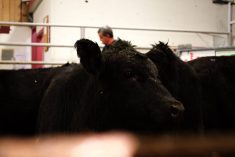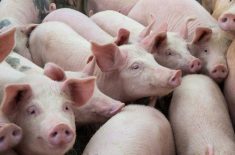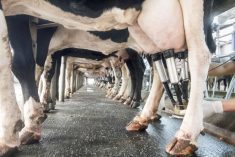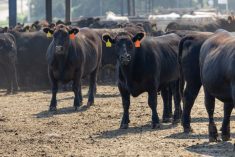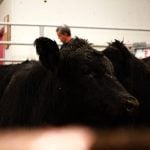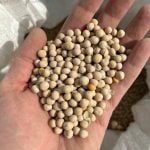(Resource News International) — Cattle prices in Western Canada are seen as likely to continue trading at current levels unless two key fundamentals change.
“In order for cattle prices in Western Canada to improve the
industry will need to see two of the main fundamentals change,
especially if we are looking at feeders,” said Bart Holowath,
senior livestock market analyst with CanFax.
“We either need the
grain market to experience a significant downward correction or
else we need to see the Canadian dollar depreciate back below the
Read Also
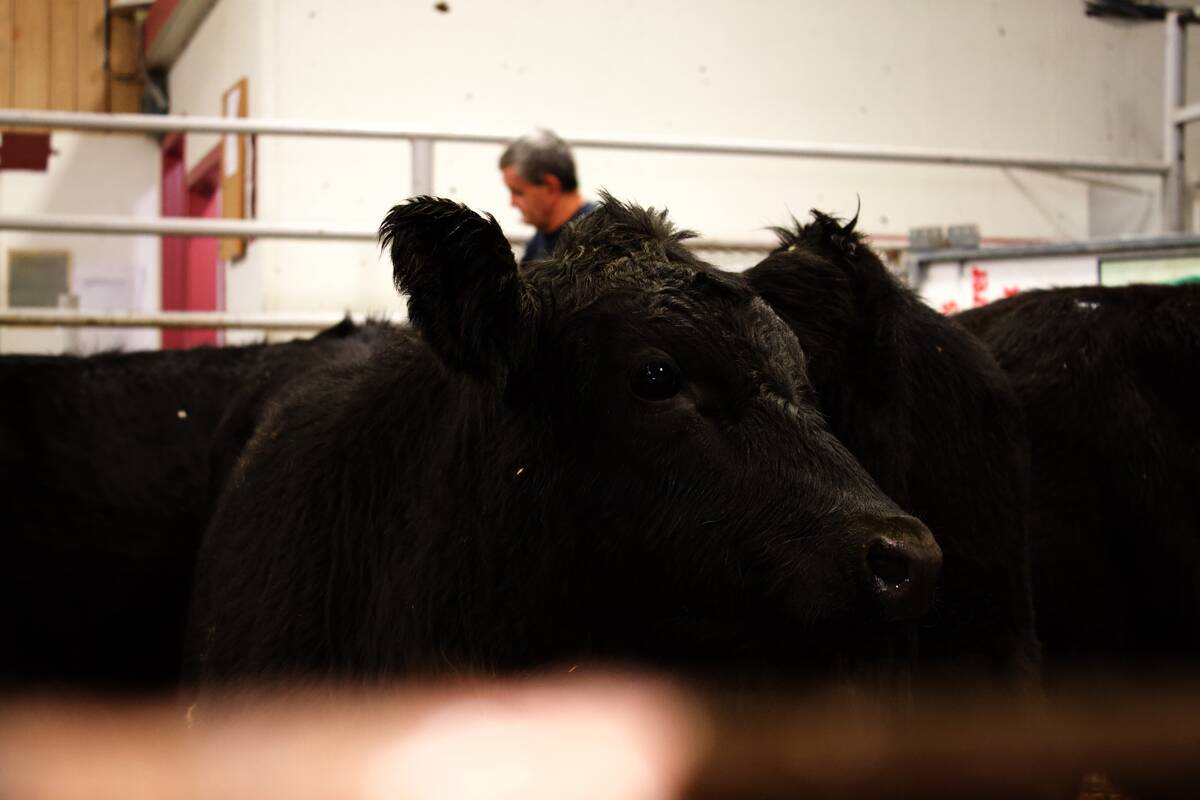
Klassen: Feeder market closes year on soft tone
For the week ending December 20, Western Canadian feeder cattle markets were steady to $10 weaker compared to seven days…
Unless those two fundamentals change, he said, values
for cattle in Western Canada are going to stay at where they are
currently for quite some time.
The average price for a 550-pound steer calf in Alberta at
present was around $1 a pound, Holowath said. At the same
time last year, the value for the same animal was $1.13 a pound.
In the spring of 2007, the same animal was trading from $1.10 to
$1.25 and did manage to briefly move to $1.30 before declining
towards current levels, he said.
Supply/demand issues will also impact the price level to
some degree, Holowath said.
“This is the highest supply time for cattle and that is
said. Values in the spring were expected to improve again as
producers begin to look for cattle to place on grass.
“However, profit margins for cattle producers would improve
significantly if we saw the Canadian dollar weaken to below par
with the U.S. currency and feed prices in Western Canada move away
from this $4/bu. level,” he said.
Holowath predicted the Canadian cattle herd will likely
continue to decline on a January-to January basis, which also
could help the price base.
“There is an ongoing consolidation in Canada’s cattle herd
as high grain prices and improved slaughter capacity have allowed
producers to exit the beef industry,” Holowath said. However, the
He said the price outlook for cattle would improve if Canada’s cattle cycle was to move back in sync with the U.S. cycle, in which U.S. cattle inventories were at the low end.


